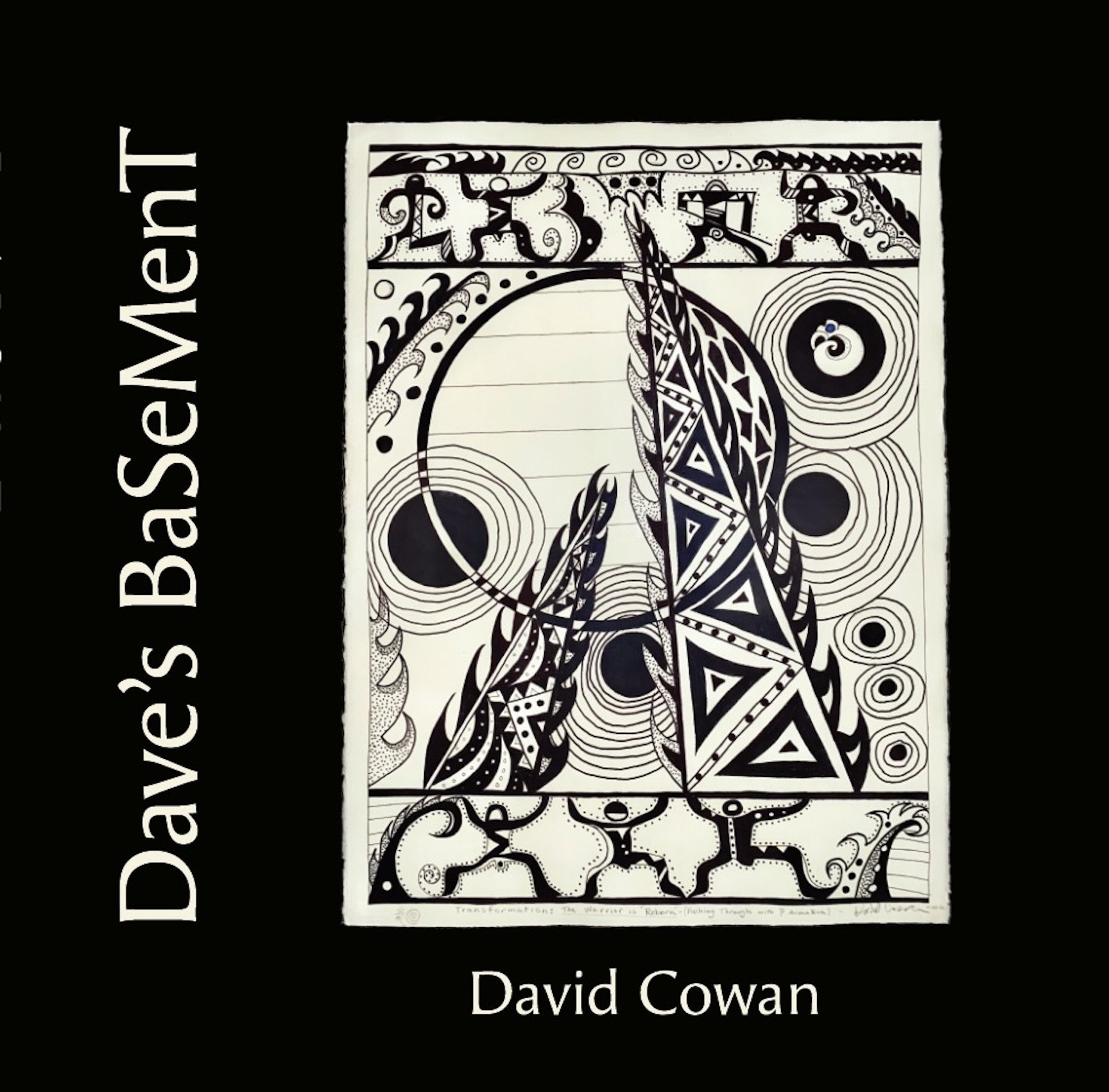The Rise of Popular Qigong
/The Rise of Popular Qigong
The term: Qigong is actually a very modern word first coined sometime in the 1930’s by Chinese medical researchers who were studying the health benefits of ancient practices like Dao Yin, Taijiquan, and Bagua. However, the term Qigong didn’t really come into popular usage in China until the 1970s in the wake of Nixon’s historic meeting with Chairman Mao and the World’s sudden fascination with Traditional Chinese Medicine and acupuncture. Qigong then became an umbrella term used to refer to all traditional forms of self-healing Qi-cultivation practices.
By and large, the cancer treatment benefits of Qigong first gained the attention of the Chinese government through the grass-roots efforts of one woman named Guo Lin who began teaching her Walking Qigong lessons in the now famous Purple Bamboo Park about the same time.
Master Guo Lin’s courageous story includes the details of her triumph over cancer and the compassion of her Grandfather — a classically trained Daoist Priest.
Her story begins with a diagnosis of uterine cancer and a hysterectomy. When her cancer metastasized and returned — this time in her bladder — she remembered the exercises she had learned from her Grandfather in her youth and turned to those lessons for treatment.
Guo Lin’s grandfather had broken with tradition not only by teaching Qigong to his favorite grand-daughter. And then again upon his death leaving to Guo Lin valuable Daoist texts on ancient self-healing practices. She used these secrets to heal herself and in the process created for herself a new modern form of Qigong. When her health improved she began teaching her walking method to anyone who wanted to learn.
News of her successes spread all over China and was reported to the West and eventually the Chinese government began an exhaustive scientific study of what were generally seen as ‘folk-remedies,’ ‘superstitious practices,’ or even ‘witch-craft.’ Their goal was to distill the healing essence from traditional Qigong and share its health benefits for the good of all the People.
Researchers approached Qigong with extreme scientific skepticism... Could Medical Qigong still produce positive results if stripped of its traditional beliefs? Are the successes attributed to Medical Qigong merely the result of the placebo effect? Is there a rational scientifically sound theory that accounts for Qigong’s legendary ability to heal people and cure diseases? Does it work? And if so: How?
Guo Lin believed her qigong healed in part due to the physical exercise and Qi-cultivation, but she also strongly emphasized the benefit patients received from the positive social energy generated among the walking groups. She recognized the healing power of unconditional love and compassion and credited it with offering optimistic attitudes to the individual walkers.
Guo Lin had rediscovered the ancient secret to the healing power of Qigong: the true power to heal could be found in the power of the mind, in the power of our thoughts.
Master Guo Lin was the first teacher of popular qigong to be recognized by the Chinese government due to her self-less contribution to the good of the people. Her Medical Qigong has positively affected the lives of millions all over the China and around the World.
According to my teacher, Master Hou-Hee Chan all Popular Modern Qigongs owe her their thanks.
Hao la!
--Pahka Dave
Walking Qigong....



